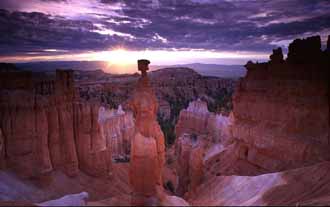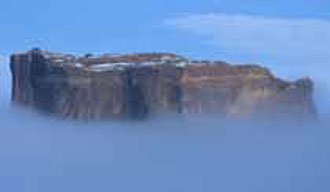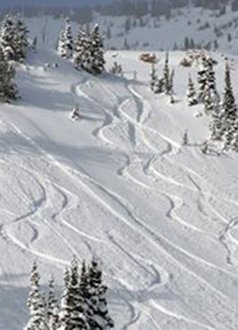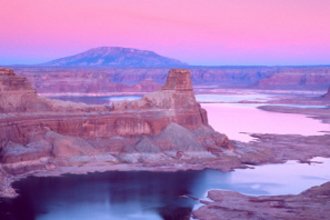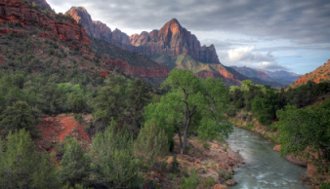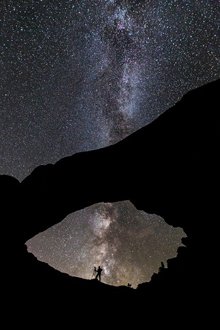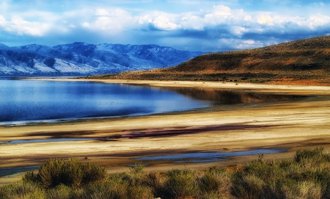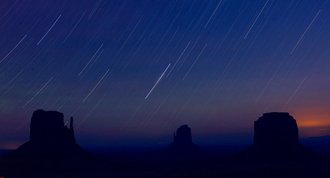That You Were Never The Same?
Nine Mile Canyon
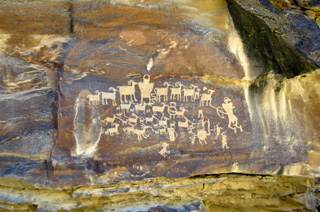
Nine Mile Canyon in central Utah is an outdoor art gallery. It holds quite possibly the largest concentration of Native American rock art in the world.
A well-maintained dirt road ... and yes, it can be very dirty ... covers the 80 miles between Myton on Highway 40 to Wellington just a little south of Price on Highway 6.
Actually, the entire route is 80 miles long. But the canyon ... the road’s namesake ... covers about half the distance.
Nine Mile Canyon was declared a part of the National Back Country Byway system by the Bureau of Land Management in 1990.
It also contains the remains of Fremont Indian dwellings as well as long-abandoned settlements and ranches. These remains include the ghost town of Harper. One of many in Utah.
The road was built by the all-black Ninth U.S. Cavalry in 1886. It linked Fort Duchesne with the nearest railhead and telegraph line at Price. And served as a principal stagecoach and mail route.
It also served as the main route between Carbon County and the Uintah Basin. Beginning in 1905, President Teddy Roosevelt issued a proclamation allowing white people to homestead parts of the Uintah and Ouray Indian Reservation in the Uintah basin.
Hundreds of settlers inundated Nine Mile Canyon heading north. But some of these settlers didn’t make it all the way. They settled before they ever got there.
And remnants of their long-abandoned farms and settlements still remain. A reminder of their fight to carve out an existence in this harsh environment.
But, as mentioned above, Nine Mile Canyon is the home of a rather remarkable collection of Indian rock art and dwellings. Most of which have remained relatively undisturbed for centuries.
But how have they survived in such great shape? Well, two things mainly. The dry climate has done an amazing job of preserving the art.
And the isolation … aided by the unpaved road … has kept the area relatively undiscovered and off the beaten path.
These amazing rock art panels have been featured in National Geographic and other publications due to their unique beauty and amazing quality. It is a drive well worth taking. But plan ahead.
There are no services along the Nine Mile Canyon route. Make sure your gas tank is full. Bring plenty of food and water. Insect repellant. Binoculars and ... of course ... a camera.
Plan extra time. For a little hiking to see of the art up close. But ... Do Not Touch.
The canyon is protected by the Antiquities Act. You can’t take, excavate, injure, or destroy any historic or prehistoric ruins or dwellings. Look all you want. Take all the pictures you want. But take nothing else.
A good rule of thumb is to plan about six hours for this drive allowing for frequent stops and some hiking.
Paving To Protect Nine Mile Canyon?
One of the main reasons Nine Mile Canyon has remained so uniquely undisturbed … and undiscovered … is that the road is dirt.
But not too many years ago, immense stores of underground natural gas and oil were found on the West Tavaputs Plateau. The big trucks rumbling up and down Nine Mile Canyon since this discovery have created a storm. Of dust and controversy.
The dust kicked up by these trucks is beginning to cover some of the ancient rock art. And very well could damage it. The consensus now seems to be that the amount of dust being kicked up is unacceptable.
So the thing which has helped preserve what Nine Mile Canyon is famous for may well be now contributing to its demise. The dirt road.
There’s been a running battle between a corporation which wants to run hundreds of trucks up and down the canyon while drilling nearby. And the Southern Utah Wilderness Alliance.
So the plan? To pave the road. Various ideas have been proposed. A sticky substance sprayed over the road to keep the dust down. But a cure which could perhaps cause even worse damage after it dries. Due to the chemicals in the substance.
And the latest idea? A chip-seal “paving” on most of the road. With asphalt on sharp curves.
Archaeologists ... and lovers of the canyon ... find all these changes disturbing. They believe the route can only be enjoyed by driving it slowly. And spending some time hiking to the sites along the way.
They’re also worried that the paving will disturb sites. And even cause the excavation of sites close to the road.
Decide for yourself. The choices? Leave it unpaved. Have the trucks continue to kick up dust which may well contribute to the demise of the amazing rock art.
Or pave the road. Allowing higher speed traffic, more traffic, and possibly a different kind of destruction.
Back to top
Back to Utah Attractions
Back to Home Page



